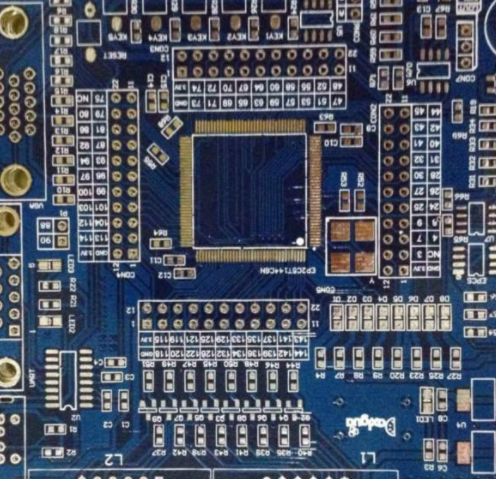
What is the difference between domestIC SMT chip capacitors and Japanese SMT chip capacitors?
Capacitance and resistance in SMT processing manufacturers are the golden aids on circuit boards. With the rapid development of the electronics industry in recent years, the MARKet for capacitance and resistance in smt chips is also very hot. Last year, Murata, a Japanese chip capacitor manufacturer, withdrew from the market for conventional chip capacitors, which LED to the shortage and price rise in the domestic capacitor market.

Japanese chip capacitors are the leader in the capacitor market, accounting for more than half of the total market volume. They are positioned in the high-end market, while South Korea and Taiwan are positioned in the middle end market; However, domestIC chip capacitors are always in the middle and low end market with price advantage.
So what's the difference between Japanese capacitors and domestic ones?
1. The large quantities of capacitors in the SMT chip factory are consistent. The production of basIC components such as capacitors and resistors in the same batch will be more than one million. It is difficult to ensure the consistency of products in this huge quantity. The Japanese capacitor did a better job in the details of raw materials, processes and quality control.
2. The SMAller the size of high-capacity high-voltage capacitors in SMT chip processing plants, the more prominent the advantages of Japanese factories will be. For example, the number of ceramic layers, Japanese manufacturers can achieve 1000 layers. In China, SMT chip capacitors can only reach about 300 layers. In normal conventional series, there is no significant difference, but there is a significant difference between some high capacitance high voltage and its stability.
3. In terms of raw materials, SMT . Japan began to focus on the production of civil electronics very early. The Japanese capacitor factory started from making materials until it made high-quality ceramic paste and electrode paste.









